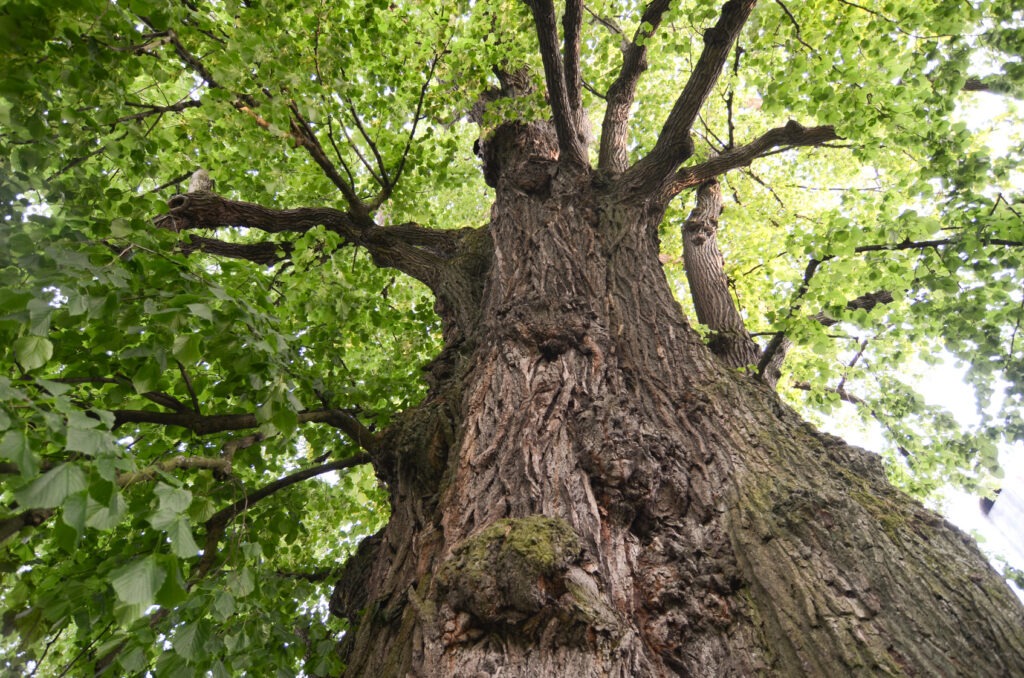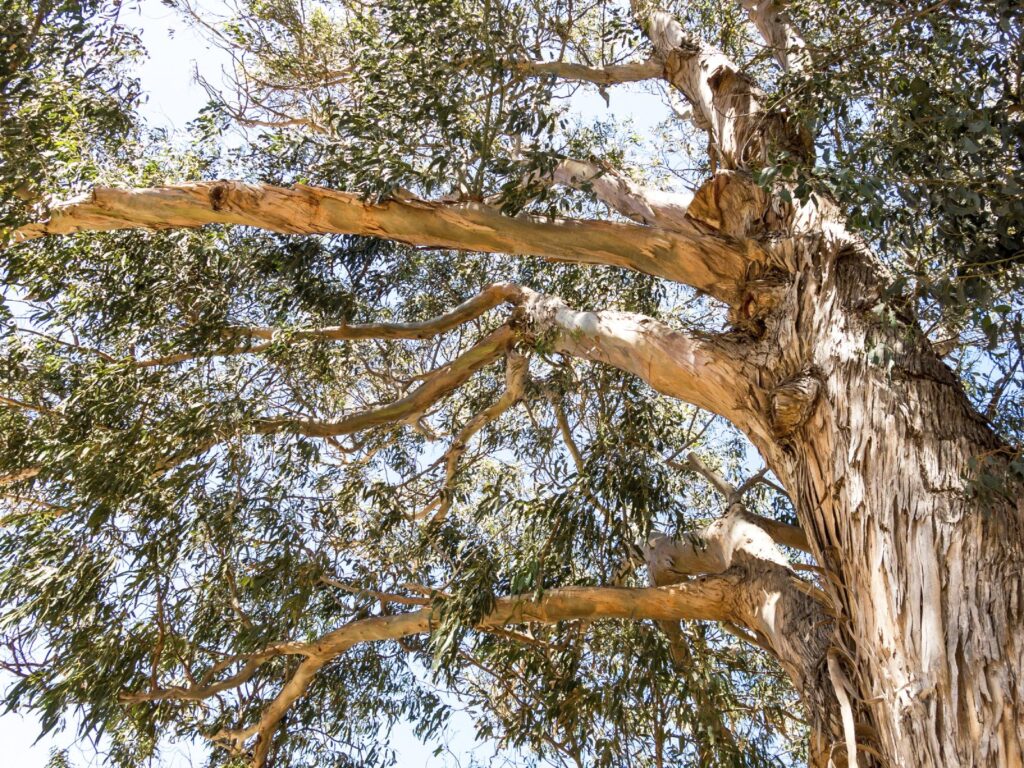Wood is the second most important factor to consider when choosing an infrared sauna, after heaters. Not only do wood appearances differ, but each has different properties that make it a better or worse choice for in-home saunas.
When looking at sauna woods, important factors to consider include:
- Durability
- Water resistance
- Bacterial resistance
- Toxicity/allergens
- Odor
- Heat Conduction
- Sustainability/Eco-Friendly
Below are some of the most popular sauna woods and their pros and cons.
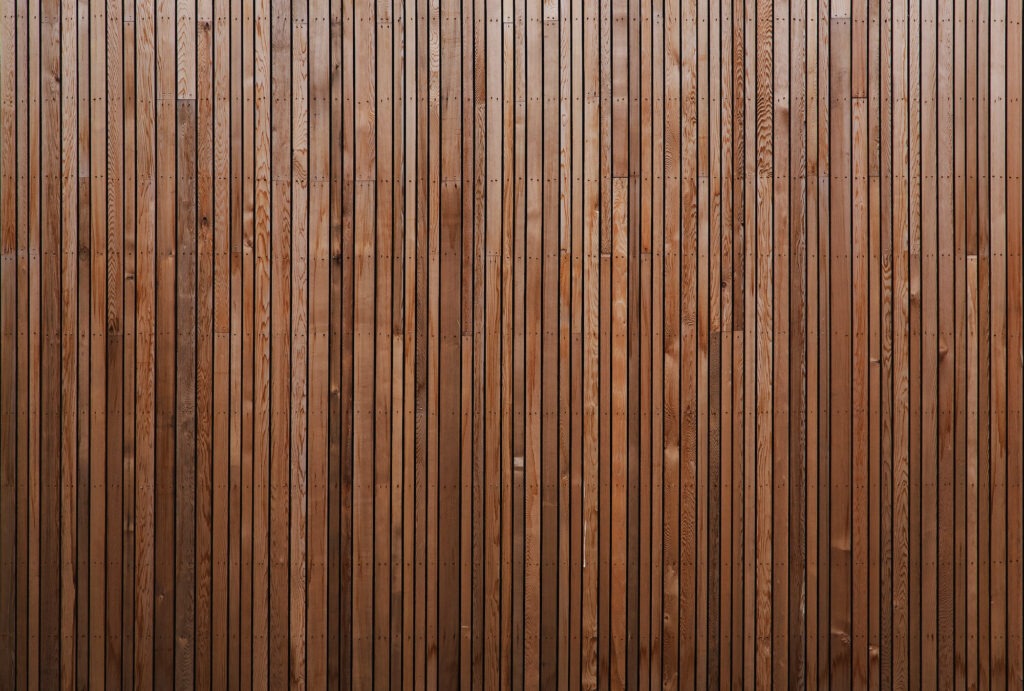
Western Red Cedar
Cedar has long been the standard for infrared sauna wood. Not only does it have a pleasant scent and attractive red color, but it is naturally mold and insect resistant.
It is a low-density softwood, meaning that while it insulates heat it also doesn’t absorb too much of the heat or become overly hot to the touch. That can be an issue for higher-density hardwoods.
However, that low density comes with a price: Cedar is actually easy to dent and scratch. While cedar saunas typically last a long time, they can get dinged fairly easily. Protecting your sauna is key, especially if it’s kept outside or used in a gym.
Cedar is also a known allergen, so the smell of cedar can be irritating to those with certain sensitivities.
Additionally, Western Red Cedar is difficult to grow and harvest sustainably and safely, which gives it a much higher price tag than other woods. Recently, it’s become less available and difficult to procure.
Basswood
Basswood is the basic, no-frills choice for infrared sauna woods. It’s inexpensive, relatively durable, and has the advantage of being hypoallergenic (if properly prepared and treated). It has a neutral, pale brown color that blends well with light-colored furnishings and decor.
As a hypoallergenic wood, it has no distinctive scent, which can be positive or negative depending on what you find desirable in a sauna.
One downside to basswood is its longevity. It is not as water or bacteria-resistant as other woods. This means that as an infrared sauna wood, it may have a limited lifespan.

Poplar
Poplar is another hypoallergenic alternative wood for saunas. This pale yellow color wood has an even grain that’s free of knots.
Unlike basswood, which needs to be treated to be hypoallergenic, poplar has no natural phenols, making it a “natural” hypoallergenic choice. And like basswood, it has no scent.
Poplar and basswood surfaces get much hotter in saunas than softwoods like cedar and hemlock. However, since infrared saunas run at lower temperatures than traditional saunas, it’s less of an issue.
Despite being abundant, poplar is a surprisingly expensive sauna wood, sometimes more so than cedar. And unlike cedar, it has limited natural defenses against rot and bugs.
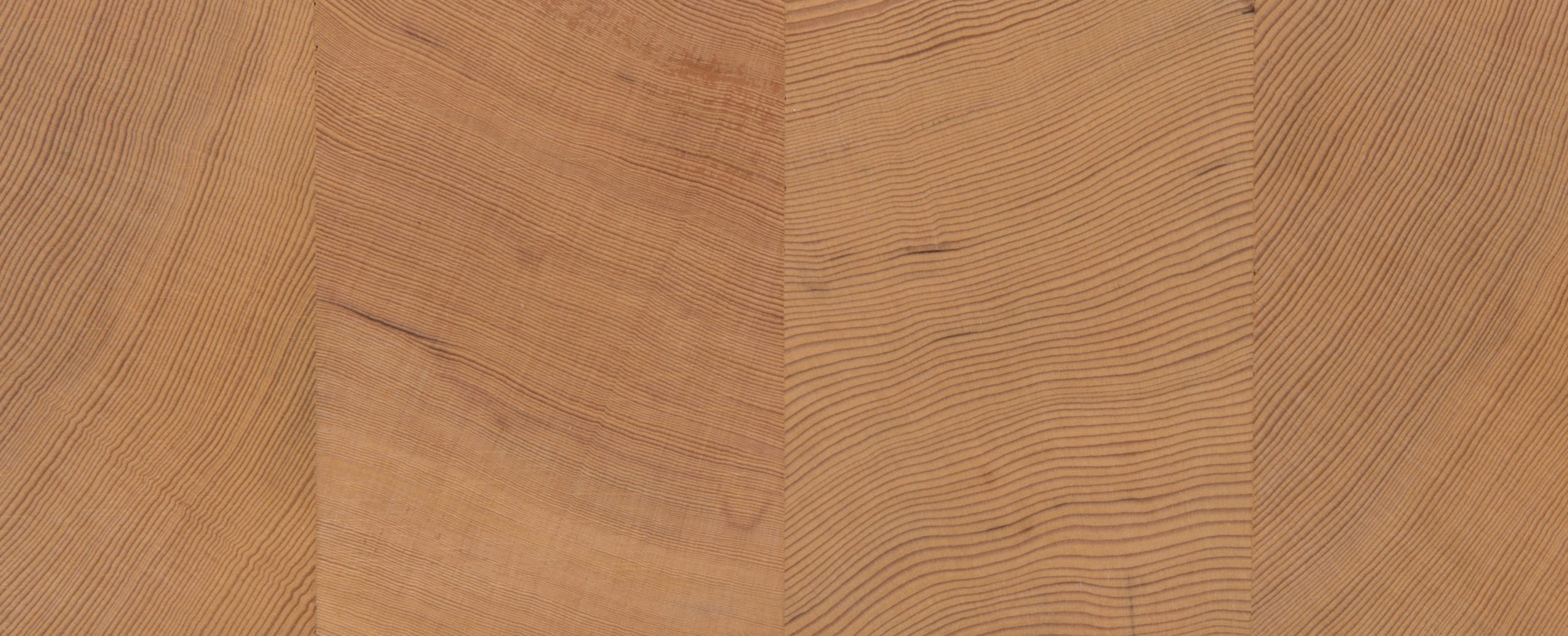
Hemlock
Hemlock is similar to cedar in that it has a distinct scent and is a softwood. It’s also one of the cheapest sauna woods available, far less expensive than cedar. And again, softwoods are more comfortable to the touch since the surface doesn’t get as hot as hardwoods.
Hemlock also produces a pleasant odor. While it isn’t hypoallergenic, many people find the woody scent enjoyable during their sauna experience.
However, hemlock deteriorates very easily. It should not be used outdoors, and like cedar, it’s susceptible to dents and scratches but has none of the rot resistance.
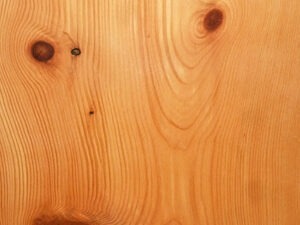
Pine
Pine is the most easily sourced, least expensive sauna wood. It’s a knotty, pale wood that is commonly used in all sorts of construction because it’s affordable and easy to work with.
Like cedar and hemlock, pine is notable for its scent, which is usually more noticeable as it heats up. Depending on a person’s preference, that can be positive or negative.
Unfortunately, pine does not hold up well to the elements. In addition, heat fluctuations inherent in infrared saunas can lead to a shorter lifespan of a pine wood unit.
Eucalyptus
Eucalyptus is one of the few kinds of wood used for saunas, aside from cedar, that boasts natural insect and rot resistance. It’s a durable and long-lasting hardwood: in fact, it’s often used as an alternative to teak for outdoor furniture.
Eucalyptus can have great variations in color and grain. It sometimes changes color as it ages. It’s considered sustainable and eco-friendly because it grows quickly in a variety of environments without needing lots of space.
Though eucalyptus is a popular scent, eucalyptus wood saunas have no noticeable scent, which is good for people sensitive to smell. Also, since it has phenols that repel insects and bacteria, it can contain potential allergens.
While eucalyptus stands up well to high heat and moisture, it can be susceptible to extreme cold if left unprotected. If using your sauna outside, it’s a good idea to seal and protect the wood.
Ultimately, there are pros and cons to each wood option for infrared saunas. When selecting your sauna, think about your personal needs and preferences, as well as how you’ll be using and storing it.
Besides the wood, it’s also important to consider heating, warranty, value, and size when considering a sauna. Get in touch with our Health Mate sauna specialists to learn more.


